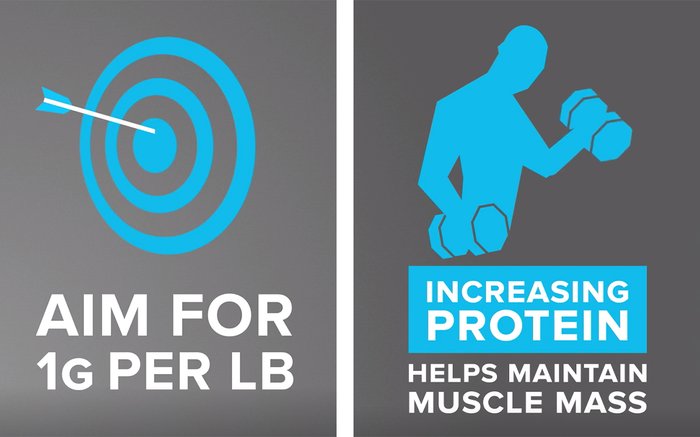Weight loss is a funny subject. The idea of just eating less is simple, yet we crave instant gratification and tend to overcomplicate things, a situation not conducive to efficient fat loss that sticks around. You can get all kinds of "how to" information from the internet, magazines, and social media, and without a doubt there is always someone trying to sell you a quick-and-easy way to drop those extra pounds. Don't be surprised if you find yourself on a bogus plan that requires calculating the speed of your ancestors' metabolic rates while eating for your blood type, or some similar scheme.
There's a reason people keep going back to quick-loss programs, diet pills, and pounding the treadmill for days. Those methods work for a time, until they don't. New and veteran dieters alike need to adhere to the fundamentals in order to achieve their weight-loss goals.
Bill Campbell, Ph.D., CSCS, FISSN, is an associate professor of exercise science at the University of South Florida. Here he details his three important strategies for long-term weight loss success.
1. Take It Slow
Aim to lose about 0.7-1 percent of your body weight per week. Campbell uses himself as an example: At 200 pounds, he wants to lose 1.7-2 pounds each week on his diet. Any faster than that could come at an expense.
"Now, that may seem slow, but actually, the slower the rate of the weight loss, the better," Campbell says. "If you violate this strategy, your body could also lose its muscle mass stores along with fat. That's what we want to avoid."

Campbell points to "The Biggest Loser" as an example of what not to do: extreme dieting and extreme exercise. Follow-up research on contestants who lost a lot of weight on that reality show revealed that they had gained back almost all of it. They also had issues with suppressed metabolisms—even years later.
Still not convinced that slow is the way to go? A study out of Norway took two groups of elite athletes, one wanting to lose weight quickly and one willing to lose at a slower rate.[1]
Says Campbell: "Both groups lost about the same amount of weight, but, interestingly, the slow-weight-loss group actually gained two pounds of muscle, while the fast-weight-loss group didn't gain any muscle."
2. Do Not Cut Calories from Protein
There is no secret to dieting—you have to cut calories in order to lose weight. Campbell wants to make sure you're reducing your calories from carbohydrates and fats, not proteins.
"I would aim for getting about a gram of protein per pound of body weight during a diet," he says. "If you are able to increase your protein when dieting, it will allow your body to maintain as much muscle mass as possible."
In some cases, you even may be able to increase your muscle by keeping your protein high. That will also keep your metabolism from being suppressed due to the lower calorie intake.

Still, you don't want to forget the mental challenge that comes with a hard diet—your brain and body will feel the consequences when you're eating less food. Protein can help in this area as well by keeping you feeling satiated.
"If you're constantly hungry, you're not happy, and you're more likely to quit the diet and not experience success," Campbell says. "But if you increase protein, you will be left feeling fuller, and you're probably going to stay on that diet longer, leading to longer-term weight-loss success."
3. Lift Weights
Maybe you don't need to be talked into lifting weights, but when you're on a diet and energy levels plummet, it can become increasingly hard to get to the gym. Campbell emphasizes just how important it is to continue lifting weights when you diet. Your muscle definition depends on it.
"When you lower your calories, your body wants to break down fat—and even muscle," he says. "If you can consistently lift weights during a diet, you're providing your body with a buffer against all these other signals and messages that want to break down muscle."
Campbell recommends three full-body weight workouts per week as sufficient to combat the breakdown of hard-earned muscle. Four or even five days in the weight room would be even better—if you can do it.
If you want to find an expert-crafted workout plan that fits your personal goals, check out Bodybuilding.com BodyFit Elite.
References
1. Garthe, I., Raastad, T., Refsnes, P. E., Koivisto, A., & Sundgot-Borgen, J. (2011). Effect of two different weight-loss rates on body composition and strength and power-related performance in elite athletes. International Journal of Sport Nutrition and Exercise Metabolism, 21(2), 97-104.
